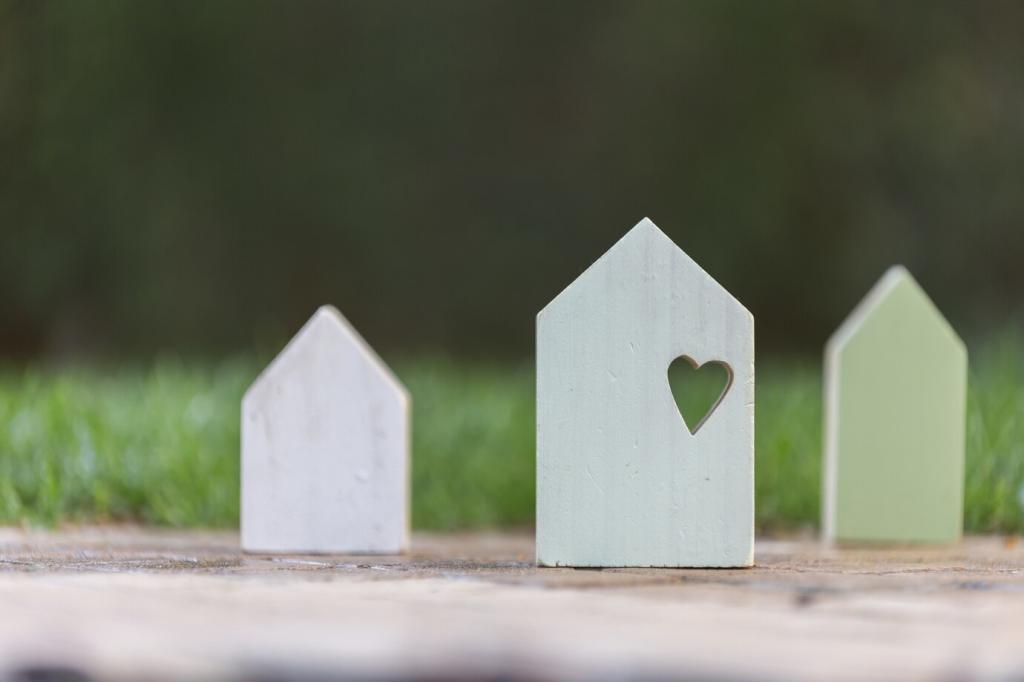Maintenance the Eco-Friendly Way
Switch to battery-powered mowers and trimmers to cut emissions and noise. Your neighbors will thank you, birds will linger, and you’ll enjoy a calmer ritual that fits sustainable living’s slower, kinder rhythm.
Maintenance the Eco-Friendly Way
Time pruning, dividing, and seeding to each plant’s life cycle. Leave some seed heads for winter birds, and keep a simple log. Post your seasonal wins and questions so our community can learn alongside you.


